Used to be that Highway Departments loved to manage storm water with drainage ditches. They still use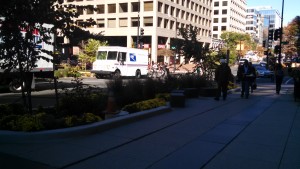 them where appropriate but more and more I see highways using more environmentally aware stormwater management techniques. Specifically in DE, PA and CT, I see Rain Gardens, BioSwales, artificially created wetlands, planted with natives, to manage stormwater. Sometimes the highway departments are successfully partnering with outside groups like local Garden Clubs to help with installation and maintenance.
them where appropriate but more and more I see highways using more environmentally aware stormwater management techniques. Specifically in DE, PA and CT, I see Rain Gardens, BioSwales, artificially created wetlands, planted with natives, to manage stormwater. Sometimes the highway departments are successfully partnering with outside groups like local Garden Clubs to help with installation and maintenance.
It may be up for debate as to whether these installations are aimed at being good corporate citizens, to attract folk to rest stops to increase sales, or just an adoption of best practices; I think they are beautiful, informative, and provide all of us with examples that we can take from the highway and implement at home.
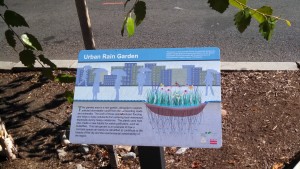
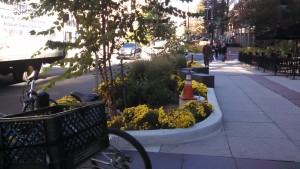 Cities are starting to follow the highway department lead. If you want to experience a fantastic and surprising cozy rain garden up close, go to 19th and L next time you are in Washington, DC. Right there in the middle of traffic, people, roads, and sidewalks are a series of four Urban Rain Gardens designed to capture and filter rainwater while creating a garden oasis to enjoy from convenient little seating nooks.
Cities are starting to follow the highway department lead. If you want to experience a fantastic and surprising cozy rain garden up close, go to 19th and L next time you are in Washington, DC. Right there in the middle of traffic, people, roads, and sidewalks are a series of four Urban Rain Gardens designed to capture and filter rainwater while creating a garden oasis to enjoy from convenient little seating nooks.
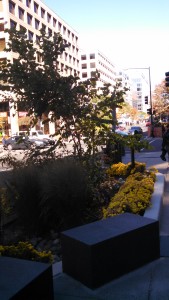 I have to say that my sister had told me about these gardens awhile ago and I thought, “oh sure yet another traffic calming effort” but these four gardens are different. First, they are beautiful. Second, they aren’t traffic calming. That is if you don’t count the calming affect that they have on passerby. Third, they seem to fit perfectly into their setting.
I have to say that my sister had told me about these gardens awhile ago and I thought, “oh sure yet another traffic calming effort” but these four gardens are different. First, they are beautiful. Second, they aren’t traffic calming. That is if you don’t count the calming affect that they have on passerby. Third, they seem to fit perfectly into their setting.
A far cry from the normal curb cut covered with a grate – I like the way the plaque is worded:
This rain garden is an example of how a concrete space can easily be retrofitted to contribute to the beauty of the city and the environmental sustainability of the region.
The rain gardens are designed to capture storm water from the street, slow and filter it to remove impurities and allow the water to gradually release it into the combined stormwater system. They are planted with resilient, drought tolerant plants selected for their attractiveness to beneficial insects, butterflies and birds as well as their ability to filter pollutants. These include:
New England Asters 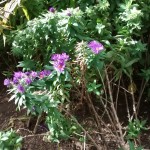 Virginia Sweetspire
Virginia Sweetspire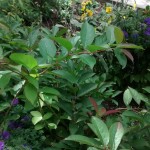
Switchgrass 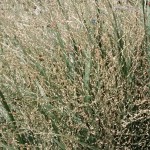 River Birch and Joe Pye Weed
River Birch and Joe Pye Weed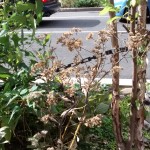 and Swamp Milkweed
and Swamp Milkweed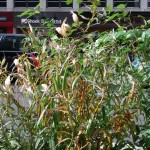
All of these are available at your local nursery and all would be happy in your garden at home. The Golden Triangle Business Improvement District (BID) has published its plans (See p. 66) for the construction of a rain garden. Follow those plans, fill the are with a mix of 50% sand, 25% compost and 25% soil, plant and enjoy.

{ 1 comment… read it below or add one }